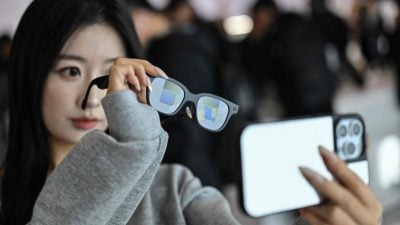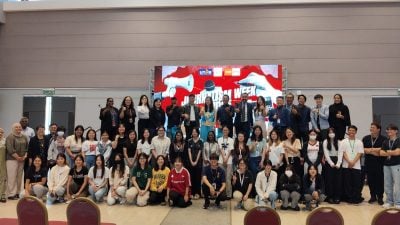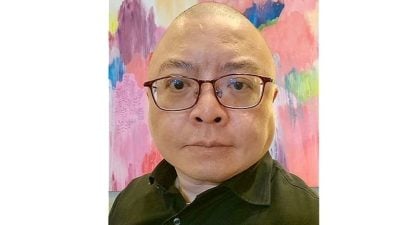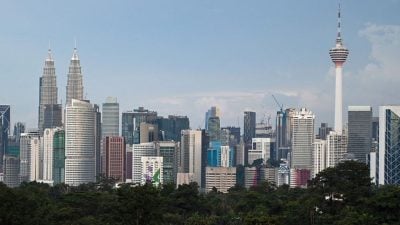The idea that AI will eventually replace humans is not a new one.
Back in 2001, Steven Spielberg painted a beautifully bleak picture of a future where a highly advanced robot is so real it can replace a son, in the aptly named movie A.I. Artificial Intelligence.
It still comes as quite a surprise when that future starts arriving.
AI-powered tools like DALL-E, Midjourney and Galileo AI can now almost instantly churn out multiple images and designs from a simple prompt.
Used correctly, AI might even write wonderfully unsettling comedy, as Netflix claimed to have experimented in 2021’s Netflix by Bots project.
After an initial wave of protests over fears about an AI takeover and a phase of cautious experimentation, the idea that designers will walk side by side with AI now appears to be widely accepted among digital creatives.
Since Adobe embedded AI into its software in 2023, editing images has become so much more intuitive that the older features feel analogue.
Animators and concept artists have also started integrating generative AI into their workflow.
“All you need to do is write a detailed prompt until you’re happy with the results, so it saves us time for research,” says Nita Desilia Tannawi, a Jakarta-based concept artist at an animation studio.
Even so, generative AI’s immediacy, affordability and quality continue to haunt designers and digital artists, impacting how they view their career path.
“I think we will be OK in the next five years. But I’m more wary about the next 10 years,” says Yerikho Naektua, graphic designer at a virtual reality company in Jakarta.
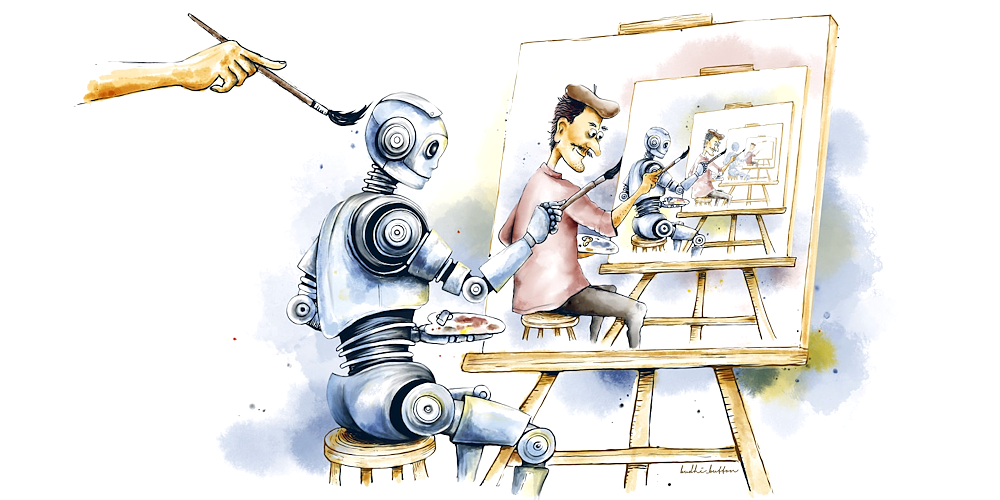
Low payback
Designers are already in a precarious condition, dealing with low pay and increasing workloads.
“I always have to reevaluate the value that I want to create and how to be remunerated for it properly,” says Ade Ardhana, a stylist and product photographer in Bali.
Many creative tasks, especially in digital marketing, are often pushed out in a matter of days or even hours, with little regard for crafting an impactful, emotional experience for the audience.
In my own experience as a copywriter, there were times I felt like clients were hesitant to dwell in the creative weeds to produce something a bit offbeat, a little different.
Yerikho shares this sentiment. Regurgitating certain styles that are popular on Tiktok, for instance, is a common request.
“For many clients, this is enough,” he says.
There seems to be a perception among clients, then, that creative methods should be easily replicable and by extension, doable by anyone – or anything.
More technological advancements, including generative AI, could further reinforce the idea that creative work is simple.
“I know some businesses rely entirely on generative AI for their photos because they don’t have in-house photographers,” says Yerikho. But he adds that the resulting image “looks so strange and obvious that it’s AI-generated”.
Though it’s difficult to isolate AI as the sole cause of this disruption, there are fears that businesses are increasingly more tolerant of creative outputs that lack novelty or finesse.
“If I want to increase my fee, clients can negotiate by pointing to cheaper alternatives, even free ones, and asking me why they need to pay me so much,” says Yerikho.
Human authenticity
The consensus among designers and digital artists, according to Ade, is that “AI won’t be able to completely replicate what creatives do. It still needs humans’ guidance to shape it into something tasteful”.
“There are human ‘errors’ that can’t be duplicated by AI that I think shows human authenticity,” Yerikho concurs.
Finding that niche market that appreciates this human craftsmanship is key to sustaining a career in the creative industry, he says.
Ade adds: “I can’t say how much AI will threaten our jobs in the future, but I believe that if your product doesn’t reach the right market, you’re at risk of being replaced.”
Meanwhile, many designers and digital artists are eyeing other opportunities to earn additional income, one that plays more to their creative strengths and is more attuned to their individual, artistic vision.
“I’m learning more about 3D imaging, which seems to be the future,” says Yerikho.
Going back to physical objects is another strategy. Ade, for instance, whose photography includes still art, is turning her works into prints. “I like to think of photography as artwork,” he says.
Similarly, Nita believes there is a market for handmade objects “because they will be rare”. She makes keychains based on her original character designs and fan art.
The digital creative industry is constantly battling with new technologies that can completely alter the way it works.
The transformation that AI brings will certainly challenge the workplace, but this won’t be the first time this industry faces such a threat.
With creativity at its core, its nature is to remain agile as it navigates this phase.
“I think this is what makes this industry fun,” says Ade.
“You need to constantly challenge yourself so that you aren’t going to be replaced.”
ADVERTISEMENT
ADVERTISEMENT








